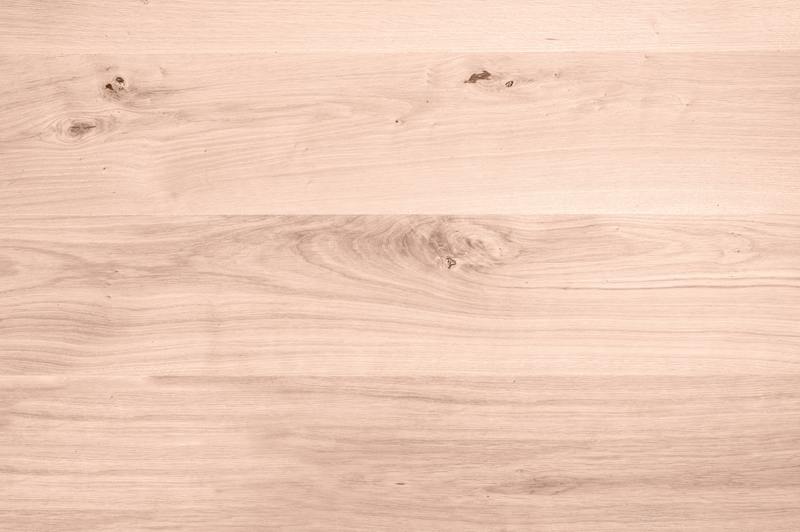This article will teach you how to repair water damaged plywood floor if your precious floors get wet. Plywood is a popular flooring material that lends both elegance and practicality to any space. Aside from teaching you how to fix wet plywood flooring, this article will also go over some helpful plywood maintenance tips.

What do you do if your plywood floor gets wet?
Because floors take up a large surface area, the chances of accidents or slip-ups occurring on them increase with its size. In particular, water-related accidents are more common than you think.
In the event of a water-related incident causing water damage on your plywood floors, do not panic. More often than not, slip-ups like this are entirely fixable with a bit of patience and elbow grease.
Should this happen, you might want to go over your insurance coverage to see if they will shoulder the costs. Otherwise, you can prepare the following:
- Screwdriver or screw gun
- Ply bar
- Hammer
These are the basic things you need, but they might change depending on the extent of the damage. To find out more, keep reading this article.
How Do You Fix Water Damaged Plywood Flooring?
Once you have your supplies ready, you will find this section especially handy. This section will talk about the steps you need to take to repair water-damaged plywood floors.
Step #1. Remove
The very first thing that has to be done is to determine which parts of the floor are wet. Once you figure out which areas are affected, you can proceed to remove the floor covering. Carefully pry away the carpet, linoleum, or other floor coverings that may be on top of the plywood layer.
In some cases, the water damage may cause the outer floor covering to lift, making removal easy. If not, you can use tools such as a cutter and a ply bar to peel away the outer layer.
This step can be dangerous if the wet area is near a power source or an electric outlet. Make sure the electricity is off if you plan to work in a damp area near a power source or outlet.
Step #2. Assess
The next step you have to take is to assess the extent of the damage. How much of the floor area has been affected by water damage?
Another factor to consider is the duration that the floor has been wet. If it has been exposed to water for a long time, you can immediately tell by the swelling and lifting of the floorboards in the area. This needs to be addressed in the soonest possible time to avoid further structural damage and increased risk of injury.
In this step, you can also figure out if you need to get your insurance or lawyer involved. If you’re confident that you can solve the issue yourself, then proceed with the following steps. If not, call a trusted handyperson to do the job for you.
Step #3. Separate
Next, you’ll have to separate the plywood from the underlying structure. You can do this by utilizing a screwdriver or screw gun to unscrew any bolts that are attached to the wood. You may also need to utilize a trusty hammer or a pair of pliers to remove any nails attached to the structure.
Once the screws or nails have been removed, the plywood panels can be taken out as well. Sometimes, these panels do not come out in one piece.
If they break, that’s okay. They’re due for replacement anyway.
Step #4. Replace
After removing the water-damaged plywood panels, you can replace them with new boards. Please make sure the area is nice, clean, and dry before installing them to avoid damage.
Carefully line up the panels with the markings left behind by the previous panels. Measure and cut the panels if necessary. Install using high-grade screws or nails.
After the panels have been safely re-installed, you can put the floor coverings back on. If they have been damaged by water as well, replace them. If not, you can reuse them.
Other plywood flooring maintenance tips
Plywood is a highly versatile material that can be used for many projects. However, despite its versatility, it should still be adequately maintained to make the most out of it.
One way to preserve and maintain plywood is by routinely cleaning the plywood and nearby areas. In this case, keeping the floor coverings clean can significantly help in the preservation and maintenance of your plywood floor.
Be mindful of moisture and wetness. As much as possible, avoid these two elements. They can cause swelling and eventually rotting in plywood.
Lastly, avoid plywood coming into contact with heat to deter heat damage.
Conclusion
Now that you know how to repair water damaged plywood floor and other maintenance tips, you can take better care of your floors. It’s always essential to routinely check for damage and to deal with it promptly to avoid exacerbating it. Follow the steps and tips enumerated above to ensure that your plywood floor stays in good condition over the years.
